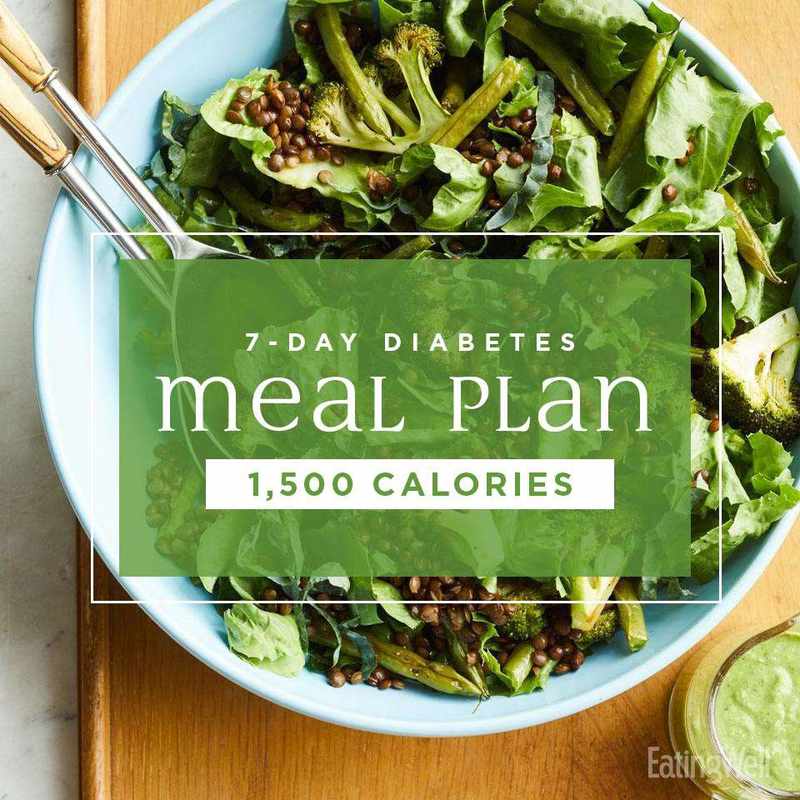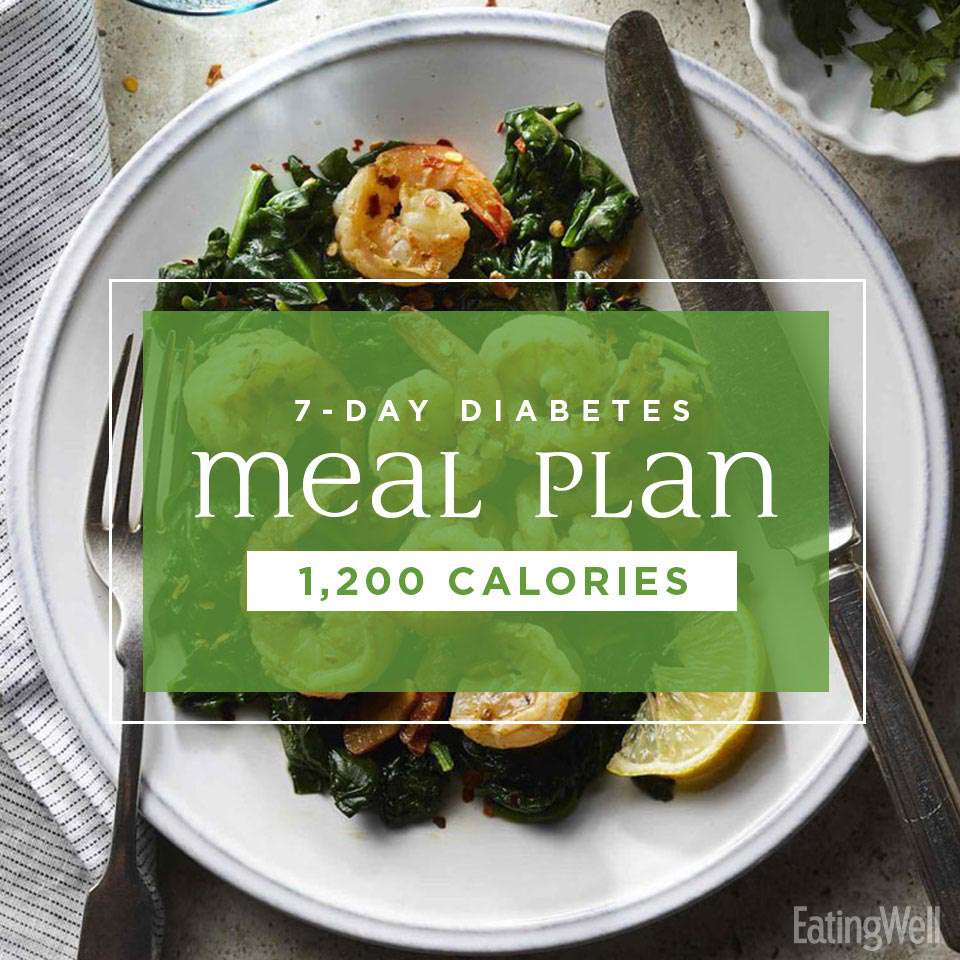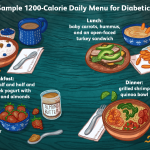Are you tired of feeling like diabetes is holding you back from living the life you want? Do you struggle with managing your weight, trying to balance your blood sugar levels, and finding a diet that works for you?
A Weight Loss Plan for Diabetes: A 1200 Calorie Diet
If you’re one of the millions of people living with diabetes, you know how crucial it is to maintain a healthy weight. Not only can excess weight increase your risk of complications, but it can also make managing your blood sugar levels even more challenging. The good news is that there are many effective ways to lose weight and manage your diabetes at the same time.
Why 1200 Calories?
When it comes to a weight loss plan for diabetes, it’s essential to find a diet that balances calorie intake with nutrient-dense foods. Aiming for a daily caloric intake of 1200 calories can be an effective way to promote weight loss while also managing your blood sugar levels. But why 1200 calories specifically?
Research has shown that a 1200-calorie diet can lead to significant weight loss and improved glucose control in people with type 2 diabetes. This calorie range allows you to eat nutritious foods without feeling too restricted, making it more sustainable in the long run. Plus, a 1200-calorie diet can help reduce your risk of developing insulin resistance and other complications associated with diabetes.
In our next section, we’ll dive deeper into the specifics of a 1200-calorie diet for diabetes, including meal planning tips, portion control strategies, and more. But first, let’s look at some key considerations to keep in mind when starting any weight loss plan for diabetes.

Now that we’ve discussed why a 1200-calorie diet can be an effective way to manage your diabetes and promote weight loss, let’s dive deeper into the specifics of this diet plan.
Meal Planning Tips
When it comes to meal planning for a 1200-calorie diet, focus on whole, nutrient-dense foods like vegetables, fruits, lean proteins, and whole grains. Aim to include a balance of protein, healthy fats, and complex carbohydrates at each meal.
Here are some specific food groups to prioritize:
- Fruits: Aim for 2-3 servings per day, including berries, citrus fruits, and apples.
- Vegetables: Aim for 3-5 servings per day, including leafy greens, bell peppers, and carrots.
- Lean proteins: Choose from sources like chicken breast, turkey, fish, tofu, and legumes.
- Whole grains: Include brown rice, quinoa, whole wheat bread, and whole grain pasta in your diet.
- Healthy fats: Nuts, seeds, avocado, and olive oil are all great sources of healthy fats.
In addition to focusing on these food groups, be sure to:
- Avoid sugary drinks and foods high in added sugars.
- Choose low-fat or fat-free dairy products and lean protein sources.
- Limit your intake of saturated fats, trans fats, and refined carbohydrates.
Here’s an example meal plan to get you started:
| Meal | Foods |
|---|---|
| Breakfast | Oatmeal with banana, almond butter, and a splash of low-fat milk |
| Lunch | Grilled chicken breast with roasted vegetables, quinoa, and a drizzle of olive oil |
| Dinner | Baked salmon with sweet potato, green beans, and a side salad with vinaigrette dressing |
| Snack | Apple slices with almond butter and a handful of raw almonds |
Remember to stay hydrated by drinking plenty of water throughout the day. Aim for at least 8 cups (64 ounces) of water per day.
Portion Control Strategies
To maintain your weight loss and manage your diabetes, it’s essential to practice portion control. Here are some strategies to help you do so:
- Use a food scale or measuring cups to measure out portions.
- Avoid eating in front of screens or while doing other activities.
- Pay attention to hunger and fullness cues, stopping when satisfied rather than stuffed.
- Choose smaller plates and bowls to help control portion sizes.
By following these meal planning tips and portion control strategies, you’ll be well on your way to managing your diabetes and promoting weight loss. In our next section, we’ll explore how to overcome common challenges and maintain this diet long-term.
Learn more about weight loss and diabetes from the American Diabetes AssociationStay tuned for part two of this series, where we’ll discuss common challenges you may face and provide strategies to overcome them. Until then, keep in mind that small steps can lead to big changes. Start by making one or two healthy swaps each day, and watch your progress unfold.
Get Expert Guidance on Your Weight Loss Journey
Join our network of medical and health experts who can provide personalized advice and support.
Start chatAre you tired of feeling like diabetes is holding you back from living the life you want? Do you struggle with managing your weight, trying to balance your blood sugar levels, and finding a diet that works for you?
A Weight Loss Plan for Diabetes: A 1200 Calorie Diet
If you’re one of the millions of people living with diabetes, you know how crucial it is to maintain a healthy weight. Not only can excess weight increase your risk of complications, but it can also make managing your blood sugar levels even more challenging. The good news is that there are many effective ways to lose weight and manage your diabetes at the same time.
Why 1200 Calories?
When it comes to a weight loss plan for diabetes, it’s essential to find a diet that balances calorie intake with nutrient-dense foods. Aiming for a daily caloric intake of 1200 calories can be an effective way to promote weight loss while also managing your blood sugar levels. But why 1200 calories specifically?
Research has shown that a 1200-calorie diet can lead to significant weight loss and improved glucose control in people with type 2 diabetes. This calorie range allows you to eat nutritious foods without feeling too restricted, making it more sustainable in the long run. Plus, a 1200-calorie diet can help reduce your risk of developing insulin resistance and other complications associated with diabetes.
In our next section, we’ll dive deeper into the specifics of a 1200-calorie diet for diabetes, including meal planning tips, portion control strategies, and more. But before we do, let’s summarize what we’ve covered so far:
- A weight loss plan for diabetes can be an effective way to manage your condition
- Aiming for a daily caloric intake of 1200 calories can promote weight loss and improved glucose control in people with type 2 diabetes
- This calorie range allows for nutrient-dense foods without feeling too restricted, making it more sustainable in the long run
Now that we’ve set the stage for a 1200-calorie diet for diabetes, let’s talk about what it takes to make it work. In our next post, we’ll explore meal planning strategies, portion control tips, and more. Stay tuned!
Finding Success with Your Weight Loss Plan
The key to finding success with any weight loss plan is consistency, patience, and support. Don’t be discouraged if you don’t see results right away – it’s normal for weight loss to slow down over time.
Remember, managing your diabetes is a journey, not a destination. By incorporating healthy habits into your daily routine, such as regular exercise and balanced eating, you can reduce the risk of complications and improve your overall health.
Conclusion
Living with diabetes doesn’t mean you have to sacrifice your quality of life. With a little creativity and planning, you can develop a weight loss plan that not only helps you achieve your goals but also improves your overall health and well-being.
By aiming for a daily caloric intake of 1200 calories, you can take control of your diabetes management and start living the life you deserve. Remember to stay focused, patient, and committed – with time and effort, you’ll be on your way to achieving your goals and enjoying the benefits that come with them.
Thanks for joining us on this journey! Stay tuned for our next post, where we’ll dive deeper into the specifics of a 1200-calorie diet for diabetes. Until then, keep pushing forward – you got this!
Related Posts:
- I just adore you asking for more: Discover the art of setting boundaries and learning to say “no” without hurting others. Get ready to transform your relationships!
- Red bumps on head of penis: Are you experiencing unusual skin symptoms? Learn what could be causing those pesky red bumps and how to treat them naturally.
- He is a fool and that should answer all your questions: Ever wondered what drives people’s behavior? Dive into the psychology behind foolish decisions and gain valuable insights for your own life.




